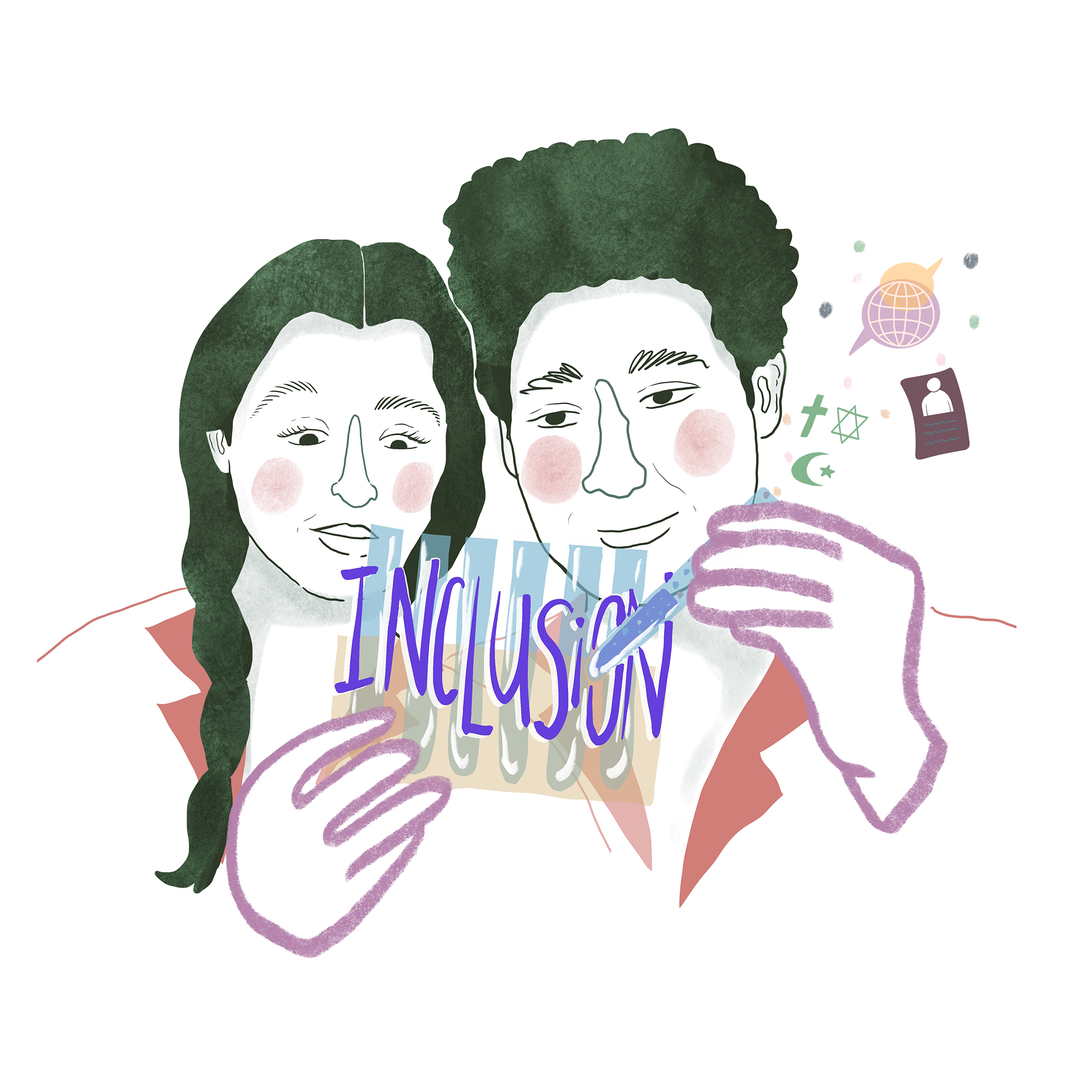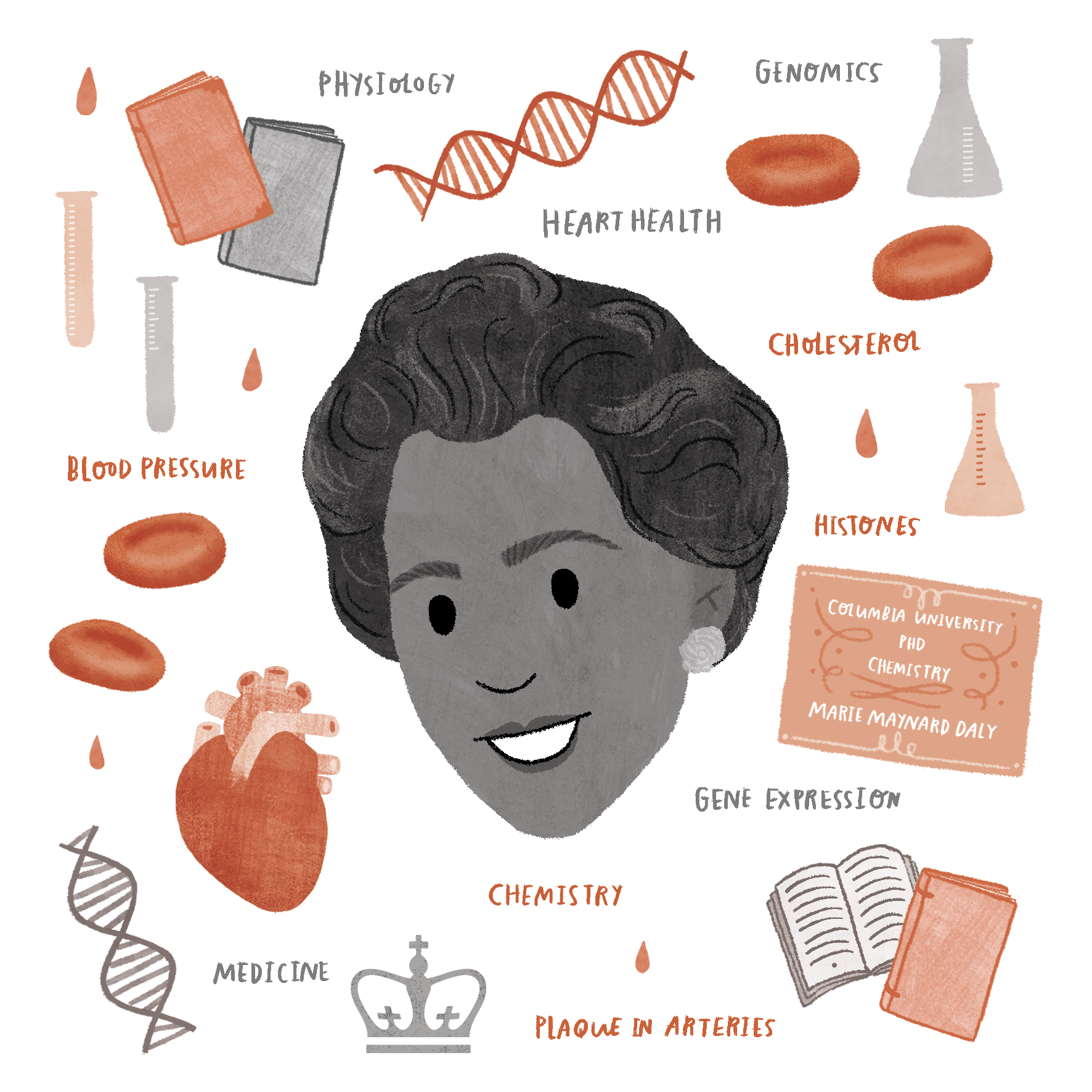
A Q&A with Ed Simcox, Former CTO of US Department of Health and Human Services, on Data and Storytelling.
There might be a light at the end of the “pandemic tunnel,” but what have we learned in the areas of public health data and communication?
We talked with Ed Simcox, Former CTO of the US Department of Health and Human Services and current LifeOmic Chief Strategy Officer, to expand on his 2021 SXSW conference session titled “The Health Trust Gap and How to Fix It” on how to combat the infodemic we are currently experiencing with public health information. At the conference, Ed joined a panel comprised of Kristen Bell, Jessica Malaty-Rivera, and Dr. Natalia Peart to discuss the health trust gap and ways to fix it. You can find more information about that conversation and see the full video here.
Q: In the SXSW panel, you discussed the Health Trust Gap being impacted by the newness of the novel virus in 2020. You also highlighted the importance of making new public health information actionable to the public. Now that we are over a year out from the introduction of COVID-19, how has the Health Trust Gap been impacted by the lack of trustworthy health data?
Ed: Recovery from the pandemic is well underway, and we can now see the light at the end of the tunnel. But, unfortunately, we are still in the midst of an “infodemic.”
Today in the US there is no standardized reporting of public health data. It comes in from a variety of sources, in different formats and at reporting frequencies. State and federal agencies have different reporting requirements and formats they impose on local public health offices and healthcare providers. Even today, many months after the start of the pandemic, essential healthcare workers are spending precious time entering the same data into multiple systems because the systems don’t talk to each other. The data sent to HHS and the CDC is incomplete, inaccurate and delayed.
Q: What needs to be done to fix these problems with public health data?
Ed: It’s simple.
We need public health data to be reported and transmitted in a uniform, standardized way.
Standards and resources are already being used across the health sector by healthcare providers and insurance companies. With the support of the federal government and through public-private partnership, these standards can easily be extended to public health. This would allow for data to be collected, transmitted, and shared quickly, almost in real-time, and would correct the flaws in the current system.
Q: How can we communicate in a way that closes the health trust gap?
Ed: Messaging must be predicated on information derived from data. Also, communications are more believable if we say when there are gaps in information and that recommendations are being made using the best available information. This is difficult to do in our sound bite, gotcha-rich media environment where failure is seen as weakness, but it’s essential to engendering durable trust.
We also need to admit failure. If we give recommendations that turn out to be bad, we need to admit they are bad, replace bad recommendations with good, and describe why we are changing course.
Q: How can government and public health officials become trustworthy messengers?
Ed: As I mentioned in the session, human-centered design is critical. Human-centered design can be defined as a systematic process that uses diverse skills to analyze problems in context and to pursue innovation while placing the real experiences of people at the forefront. If you aren’t including the intended audience from the very beginning of your communication plan, it is unlikely to resonate.
Q: Is mass media helpful when it comes to storytelling?
Ed: While mass media is important, we can’t leave it up to the mass media to tell our story and hope for the best.
We need to create our own story based on data, science, and the art of storytelling by partnering with artists to bring our story to life.
Q: Where would you recommend an organization or business start if they wanted to improve their health and science communication?
Ed: Start with data. Turn that data into communicable information. Find out where your target audience receives information. Create purpose-built content and messaging that reaches your target audience. The messaging should be a result of tight collaboration between artists, writers, and scientists. Keep the message simple.
I love our Lifeology platform because it enables this special, creative process and serves as a platform to publish and syndicate important scientific and health information that can then be embedded in apps, media providers, social media, etc. It’s a great tool to bring simplicity to complicated topics and make them accessible and digestible to large audiences.




